The term Prestartup Safety Review (PSSR) first received prominence in the process industries with the introduction of the Process Safety Management (PSM) regulations.
In the United States two federal agencies, the Occupational Safety & Health Administration (OSHA) and the Environmental Protection Agency (EPA) require that companies conduct prestartup safety reviews.
The wording of the two standards regarding PSSRs is virtually identical, although the industries covered and the reporting requirements differ slightly.
The fundamental purpose of a prestartup safety review is to ensure that any changes that are made to a facility or item of equipment meet the original design or operating intent.
The PSSR aims to catch any changes that may have crept into to the system during the detailed engineering and construction phases of a project. PSSR covers not only equipment, but also ‘soft’ issues, such as operating procedures and training.
PSSRs play a particularly important role in large projects because such projects all too often fall behind schedule and/or run over budget, thus creating pressure on the project team to eliminate or postpone the installation of any items that are not absolutely necessary for the start-up. If not controlled properly, this can lead to corner-cutting ⎯ either intentional or inadvertent ⎯ which may then jeopardize safety.
By carrying out a PSSR, the operations and maintenance departments have the authority to refuse to accept responsibility for a plant or item of equipment that they judge to be unsafe. In effect, a prestartup safety review provides a breathing space for everyone to make sure that the plant that they are about to start is safe and operable.
It is not the purpose of a PSSR to replace this normal ‘punching out’ of a new or modified facility. Indeed, one of the purposes of a PSSR is to make sure that routine checking processes were in place and that they were followed. Nor is a PSSR a last-minute hazards analysis.
The PSSR team will typically check that a hazards analysis was carried out on the proposed changes, and that all the findings were implemented or closed out in a professional manner, but the PSSR does not aim to identify new hazards.
What is the Pre Startup Safety Review or PSSR?
The PSSR is a safety review conducted prior to startup (commissioning) of a new or modified processing/manufacturing plant or facility to ensure that installations meet the original design or operating intent, to catch and re-assess any potential hazard due to changes during the detailed engineering and construction phase of a project. In other words, it ensures the “Ready for Start-up” status of process facility/units.
A Pre Startup Safety Review covers not only equipment, but also procedures and training.
Pre Startup Safety Review procedure/guideline is normally prepared as part of Pre-commissioning/ commissioning documentation.
What is purpose of the Pre Startup Safety Review?
- To ensure that installation meets the original design and operating intent of process plant/facility
- To ensure safety, operating, maintenance and emergency procedures are in place and adequate
- To ensure appropriate safety reviews during engineering phase (HAZOP study, model review etc.) have been carried out and all action items have been completed
- To ensure any site modifications during construction phase have been properly controlled and noted
- To ensure training of each employee involved in the operating process is completed
- In addition, the pre startup safety review plays an important role in large projects as it may give plant operators the authority to refuse or accept responsibility for a plant or equipment that they judge to be unsafe through the PSSR.
The main activities in a PSSR of a project
Following activities are carried out in a PSSR with coordination between Contractor and Owner of the plant / facilities:
- Coordinate PSSR participation from knowledgeable Contractor and Owner personnel
- Conduct Technical and HSE reviews of documentation and on site
- Verify all construction and equipment is in accordance with safety, environmental and health regulation and standards.
- Complete all corrective action items raised in the PSSR
- Complete Post- Start-up corrective action items
- Representative of the Project Owner sign the PSSR checklists for approval of commissioning/start-up of the plant
- Documentation of PSSR
Pre Startup Safety Review (PSSR) Practices
PSSR is conducted by a team, lead by a Leader. The leader is normally a representative of operation group because they are the ultimate customer of the facility. A PSSR normally consists of 3 steps:
1. Follow-up HAZOP Review: includes the following activities:
- Investigation on the follow-up action items provided by project on recommendations from previous HAZOP study
- Systematic review of all changes to the design since the previous HAZOP study
The support documents for follow-up HAZOP review should be:
- Engineering Flow Schemes or PFDs
- Utility Flow Schemes or UFDs
- Lists of site modifications since the original HAZOP study
- Process Safeguarding memorandum
- Operating and control philosophy, Cause and effect diagram
- Other support documentation
2. Documentation Review:
The documentation review is to check the availability and status of operating manuals, start-up/shutdown and emergency procedures. Following documents should be checked for availability and status:
- Operating manuals/procedures
- Emergency procedures
- Instruction of handling of chemicals
- Operation checklists on safety equipment
- Safeguarding Memorandum
- As-built P&IDs/PFDs
- Area Classification drawings, Plot Plans
- Fire Protection drawings
3. Technical HSE Site Review:
It could be carried out when the construction is nearing mechanical completion (about 90-95 % completion) and the site is reasonably accessible. The site review will concentrate on such issues as:
- Equipment operability and maintainability
- Outstanding punch list items from mechanical completion associated with PSSR
- Access and exit routes for operators and maintenance personnel
- Small-bore connections
- Location of emergency and safety equipment, warning signs
- Safe location of vent lines
- Locking systems
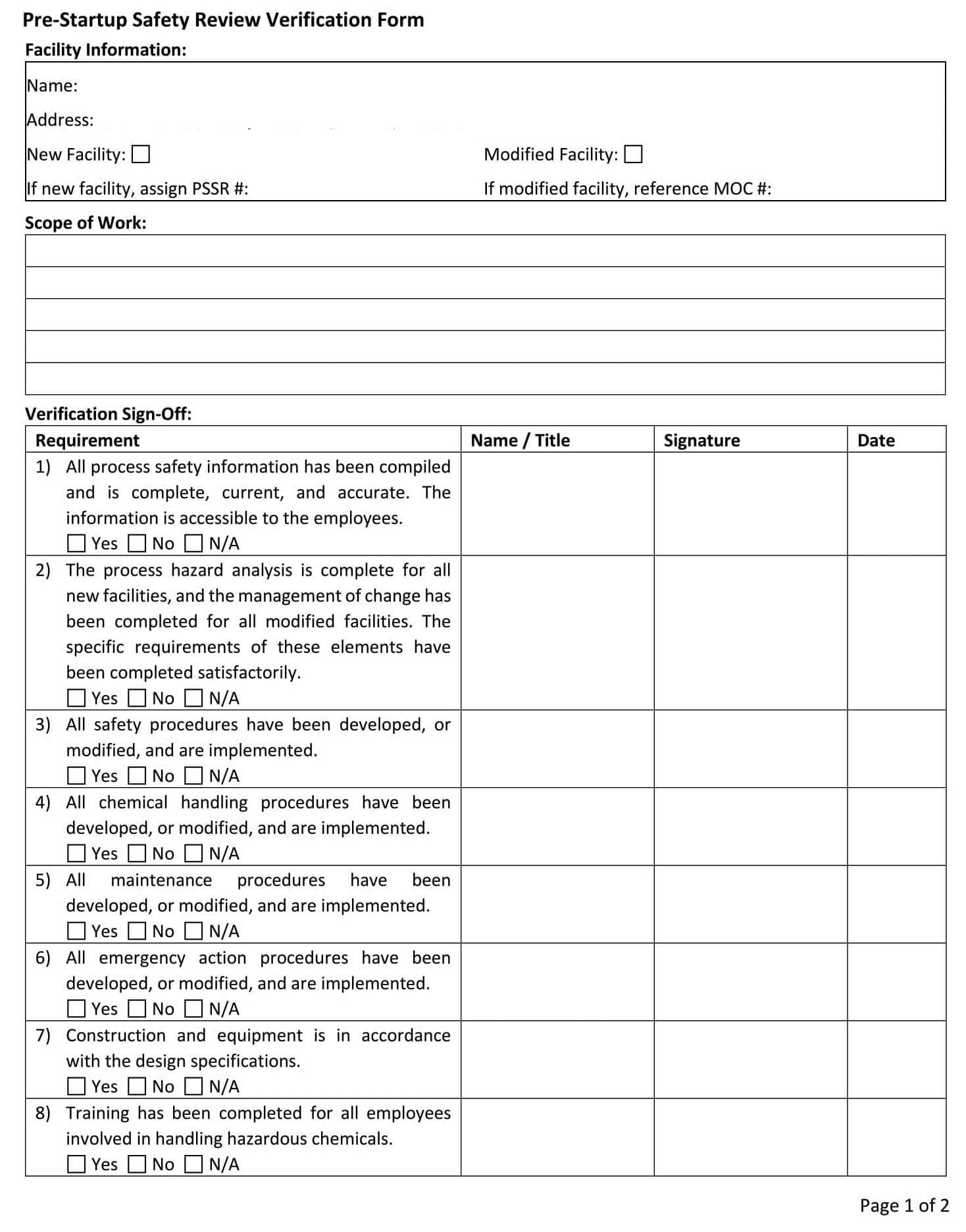
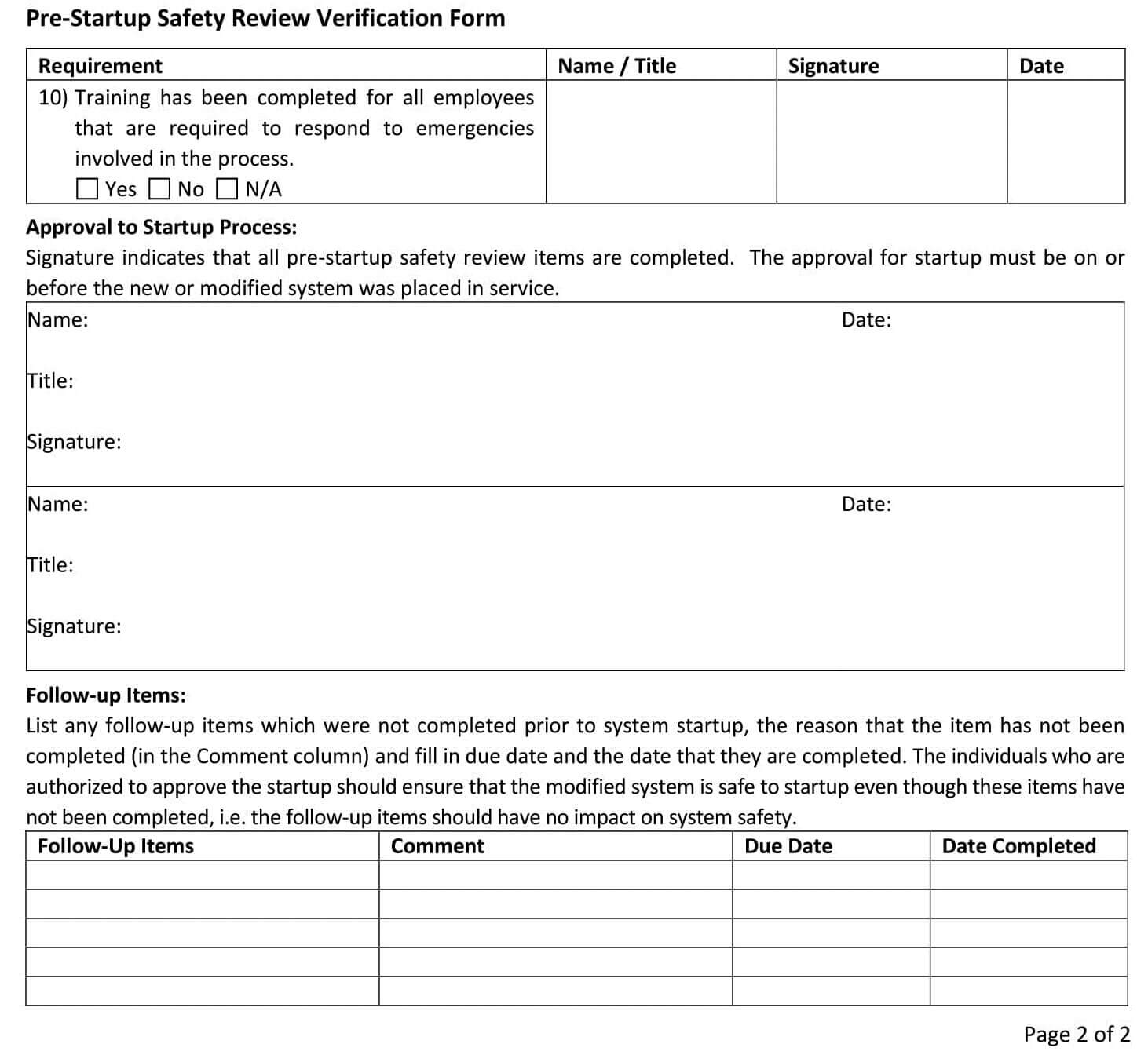

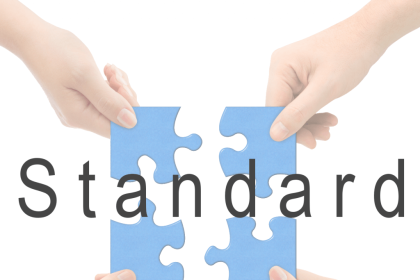




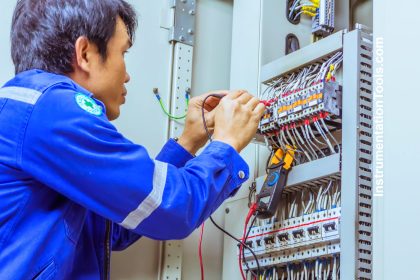

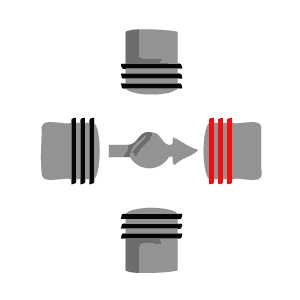
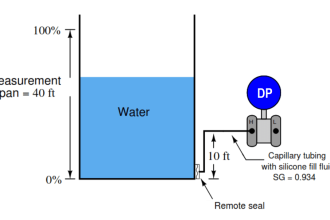
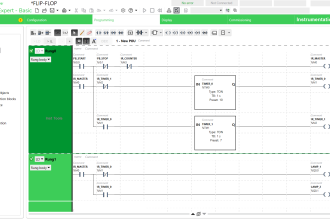
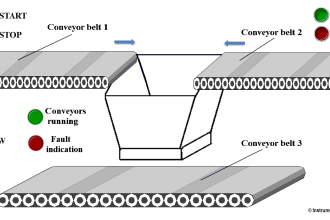
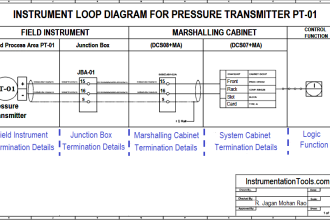

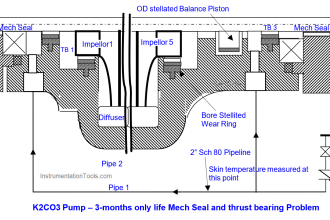
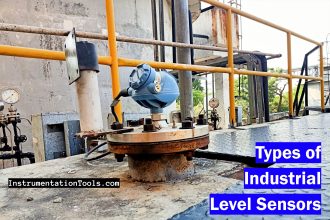

GOOD